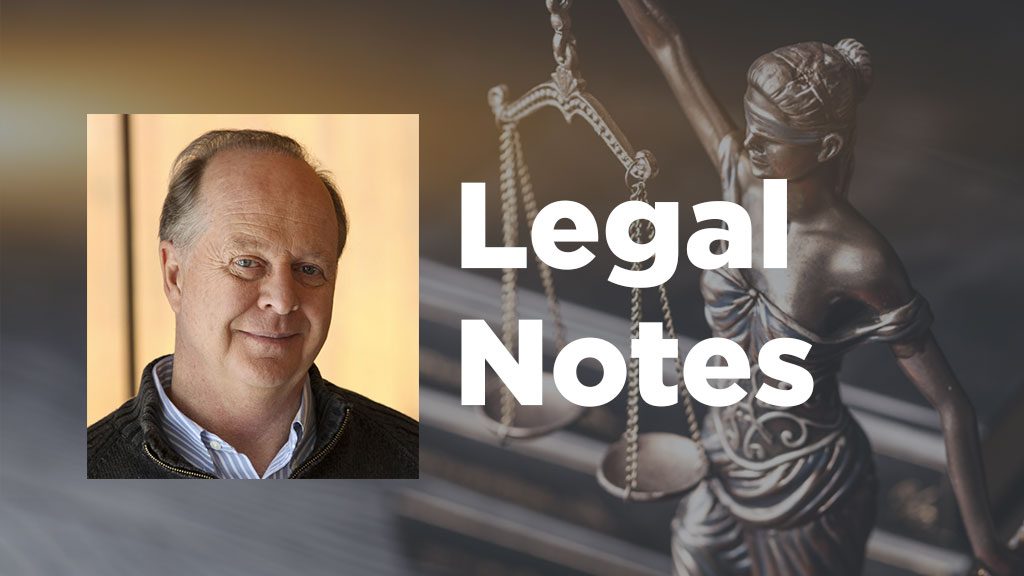Despite the detail contained in contracts between construction project partners, parties still occasionally disagree on important matters. Minimizing the possibility of costly and time-consuming court disputes should always be a key objective.
Of course there needs to be a contract in the first place. A recent case brought before the British Columbia Supreme Court highlights what should be obvious: No contract, no deal.
Two friends in the construction industry decided to work together. One wanted a 4,000-square-foot house built and the other agreed to be his general contractor. However, they never set out a written contract. The relationship began to go sour when costs started to exceed estimates. The owner fell behind on payments. The contractor withdrew, filed a lien, and looked to the court to resolve the matter. However, the court ruled since there was no contract, the parties never actually agreed on a timetable, completion date, contract price or remuneration for the contractor.
Tariq Ahmed and David McLean of Fasken Martineau DuMoulin LLP in Vancouver summarize the court findings.
“Despite a good deal of text messaging, in-person communications, meetings, and invoicing between the parties, as well as completion of a significant portion of the project, the parties never reached a consensus ad idem (agreement) on essential terms.”
The contractor sought over $350,000 for unpaid invoices but was only able to recover about $200,000 in restitutionary quantum meruit — the amount deserved — for the reasonable value of services provided.
Even when there is a detailed contract, parties must recognize what they have agreed to. This was brought into focus through an Ontario dispute related to third party certification of work completed.
Pentad Construction Inc. was retained by Armor, project manager of a residential development, for site preparation, importing clean fill, grading, storm water management, underground services, and primary, boundary and secondary roadways.
As Sahil Shoor, partner with Gowling WLG, describes, “During the course of the contract, a dispute arose with regard to outstanding payments and the value of work completed by Pentad.”
Specifically, the dispute surrounded the third-party certification required for payment authorization. Pentad felt payments were not being certified by the third-party engineer for certain work, while the engineer felt Pentad had been overpaid. Pentad registered a lien for around $480,000 and halted work.
As Shoor outlines, Armor’s defence referred to the language in the contract.
“Armor argued that:
- it and Pentad agreed, pursuant to the aforementioned clause, that payment would be made only after Pentad’s work was certified by the authorized engineer, whose decision would be final and binding absent demonstrated fraud or bad faith;
- it was clear at all times that the parties knew who was the authorized engineer;
- the amounts claimed by Pentad were not certified by the authorized engineer; and
- Pentad had not advanced an assertion or evidence of bad faith, fraud or wilful disregard of duty on the part of the authorized engineer.”
The court ultimately sided with Armor, saying Pentad and Armor were bound by their agreement, subject to any fraud, bad faith or wilful disregard for duty.
These two cases, although differing in size and court jurisdiction, are reminders of two key elements of construction partnerships.
First, there must be a contract. Without one, the party carrying out work is almost completely vulnerable. Second, the contract’s language and intent are important.
As Shoor summarizes, “Contractual interpretation continues to be ‘grounded in the text and read in light of the entire contract.’
“Second, courts presume that parties have meant to be bound by their bargain — and so, what parties agree to is key.
“Finally, the decisions of third-party payment certifiers, made in the context of a contractual provision stipulating that such decisions are binding will be enforced, absent fraud or bad faith, or a knowing and wilful disregard of duty.
“Companies must be attentive to such contractual language and whether there is a transparent and clear process for certifier decisions or room to challenge such decisions.”
John Bleasby is a Coldwater, Ont.-based freelance writer. Send comments and Legal Notes column ideas to editor@dailycommercialnews.com







Recent Comments